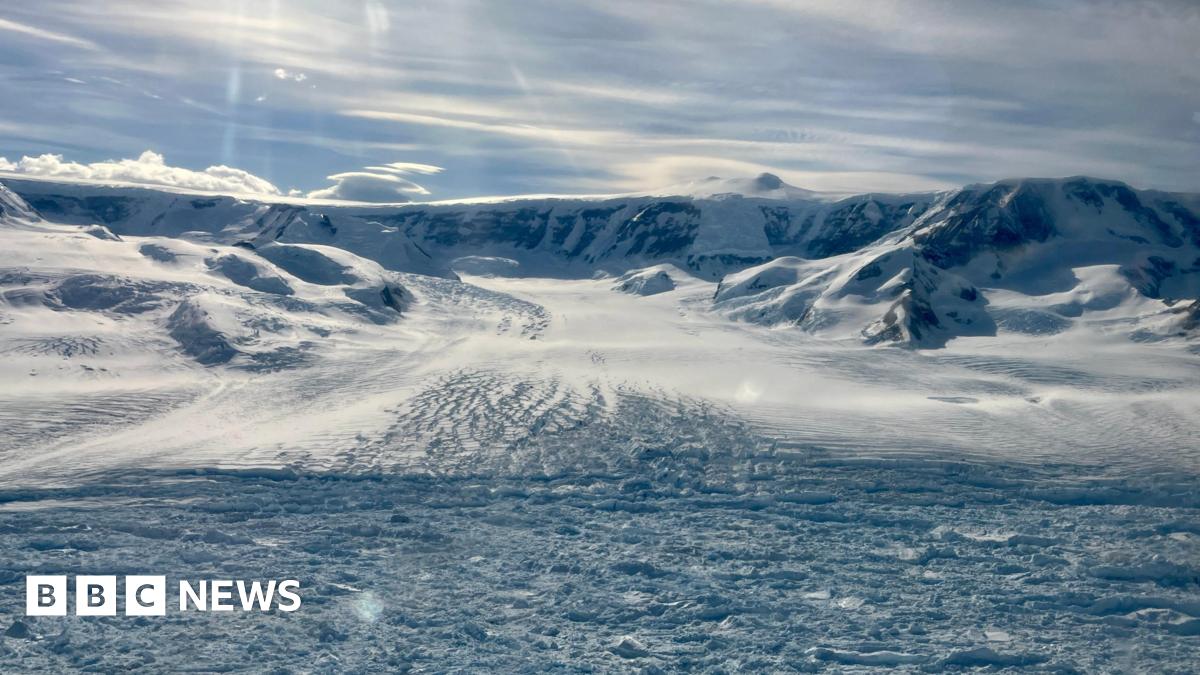But other researchers have contested the study’s findings.
The controversy surrounds the position of the “grounding line” or “grounding zone” – where the glacier loses contact with the seabed and starts to float in the ocean.
“This new study offers a tantalising glimpse into what could be the fastest rate of retreat ever observed in modern-day Antarctica,” said Dr Frazer Christie, glaciologist and senior Earth observation specialist at Airbus Defence and Space.
“But there is significant disagreement within the glaciological community about the precise location of Hektoria Glacier’s grounding line because it’s so difficult to get accurate records from radar satellites in this fast-flowing region,” he added.
The location of the grounding line may sound trivial, but it is crucial to determine whether the change was truly unprecedented.
“If this section of the ice sheet was in fact floating [rather than resting on the seabed], the punchline would instead be that icebergs calved from an ice shelf, which is much less unusual behaviour,” said Dr Christine Batchelor, senior lecturer in physical geography at Newcastle University.
“I think the mechanism and rate of retreat proposed are plausible in Antarctic ice plain settings, but because of uncertainty about where the grounding zone was located at Hektoria, I am not fully convinced that this has been observed here,” she added.
But where there is little debate is that the fragile white continent – once thought largely immune from the impacts of global warming – is now changing before our eyes.
“While we disagree about the process driving this change at Hektoria, we are in absolute agreement that the changes in the polar regions are scarily rapid, quicker than we expected even a decade ago,” said Anna Hogg, professor of Earth observation at the University of Leeds.
“We must collect more data from satellites, so that we can better monitor and understand why these changes are occurring and what their implications are [for sea-level rise].”

